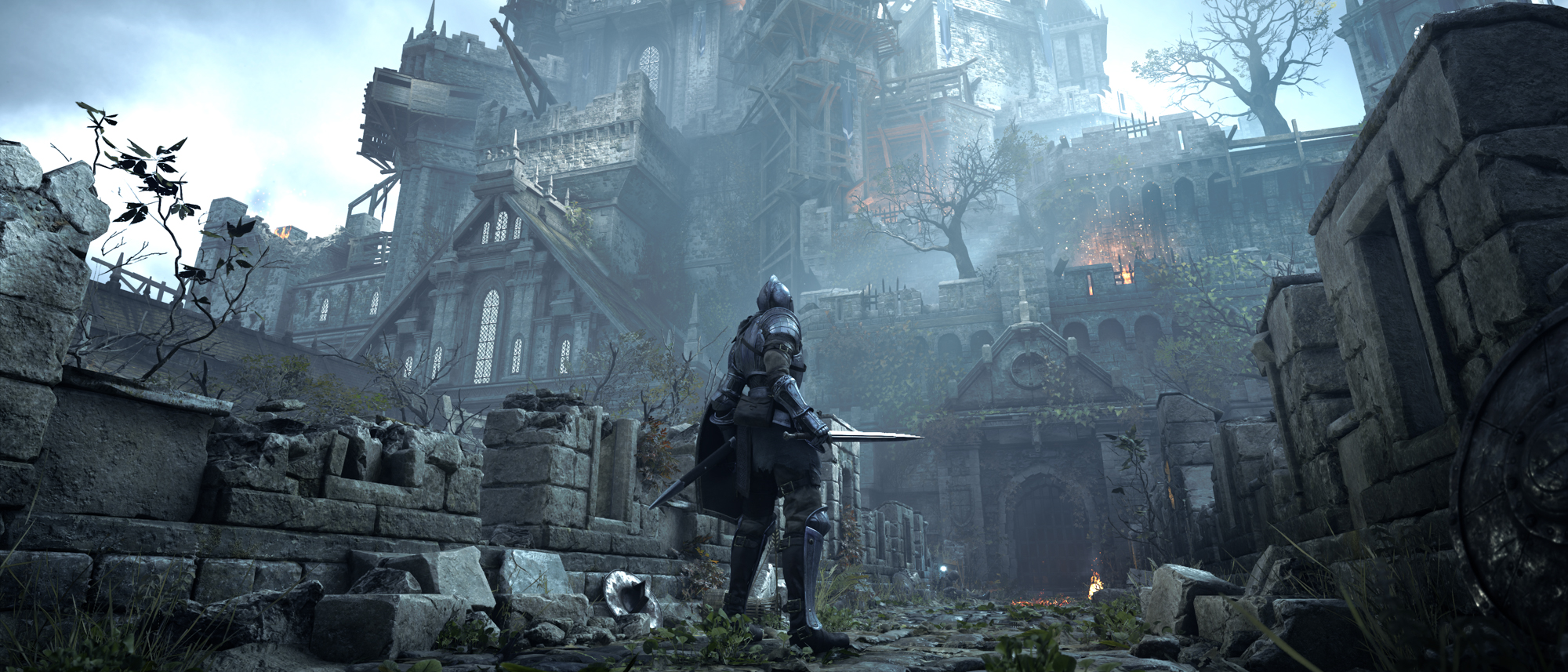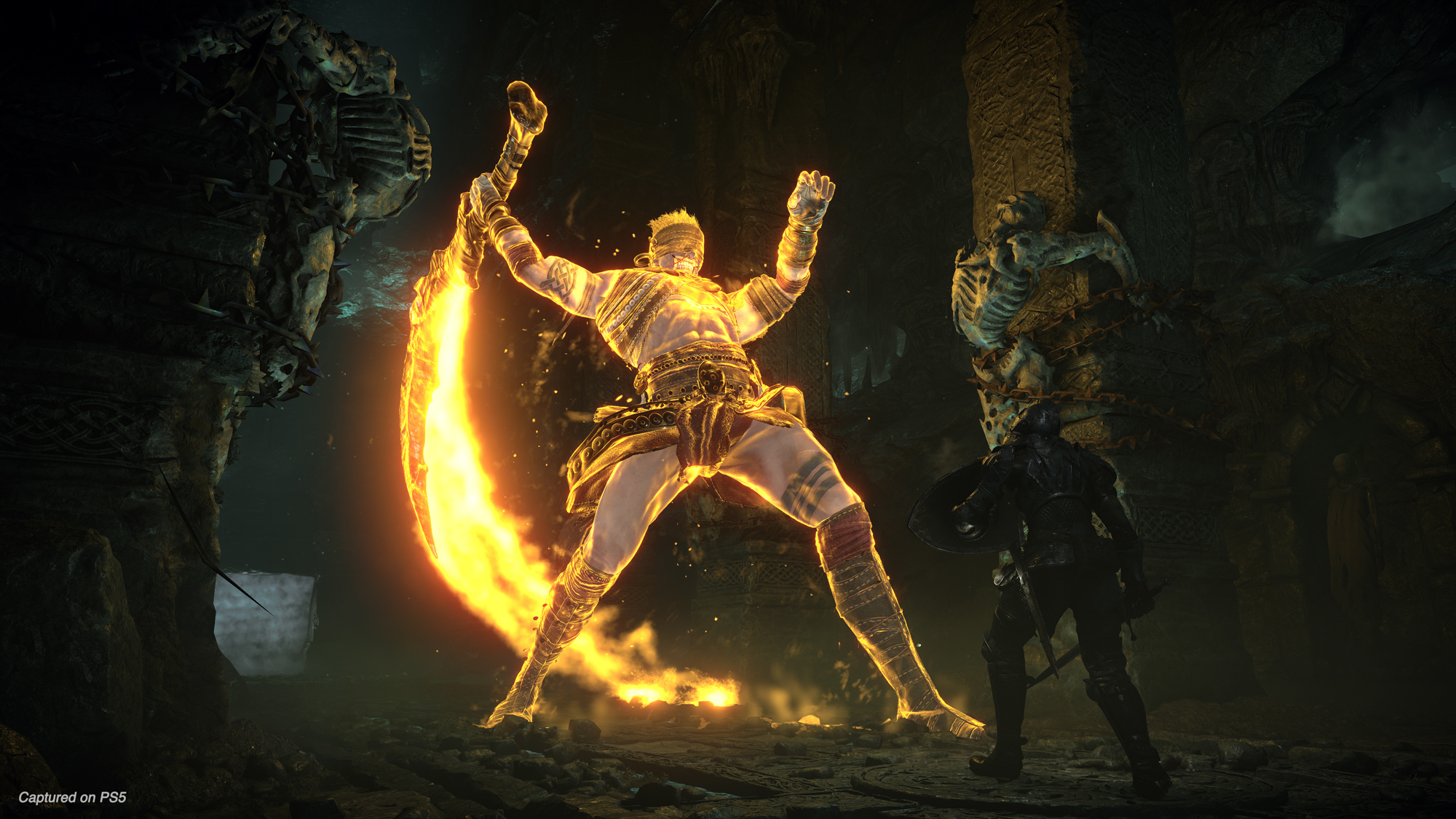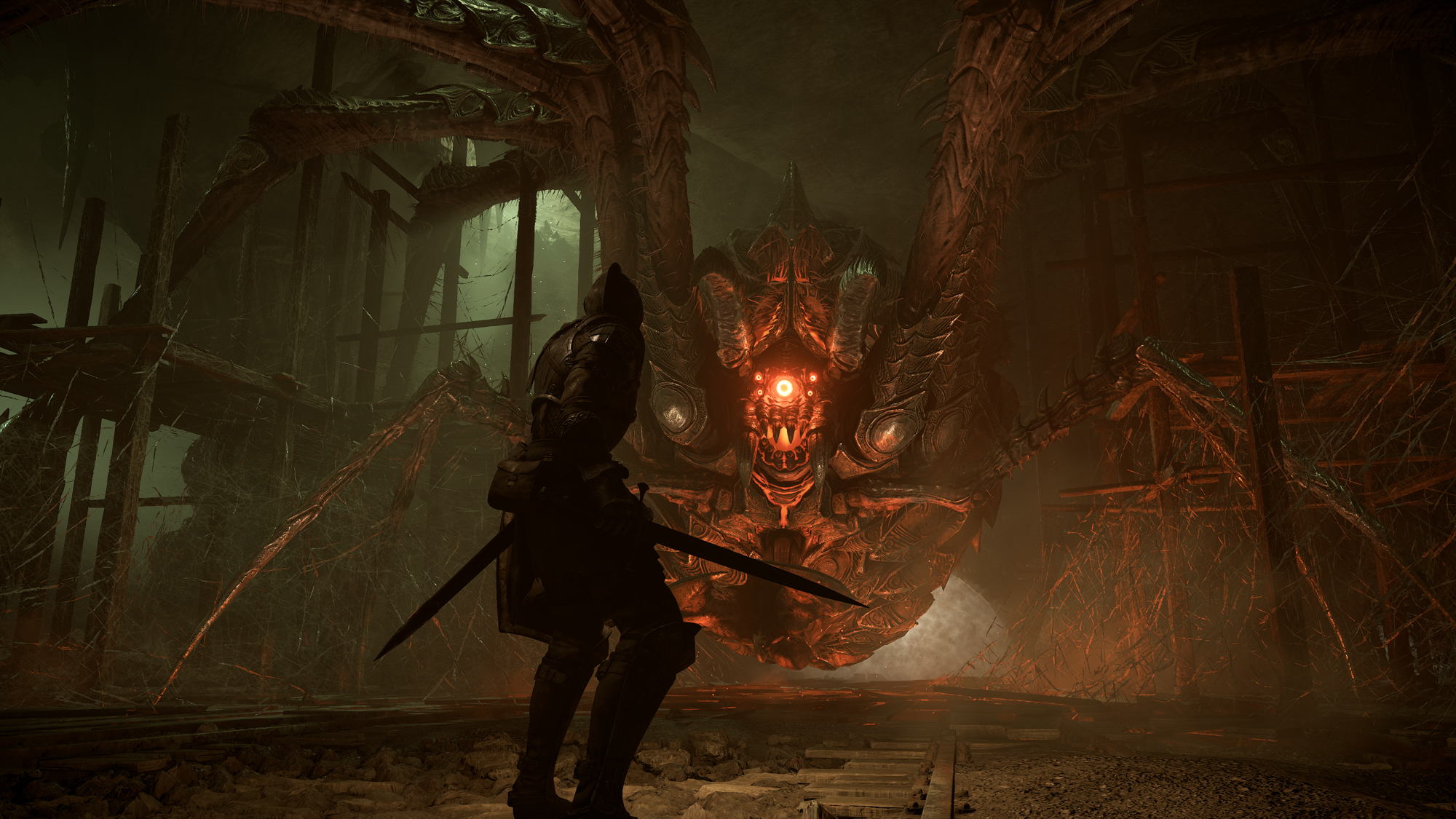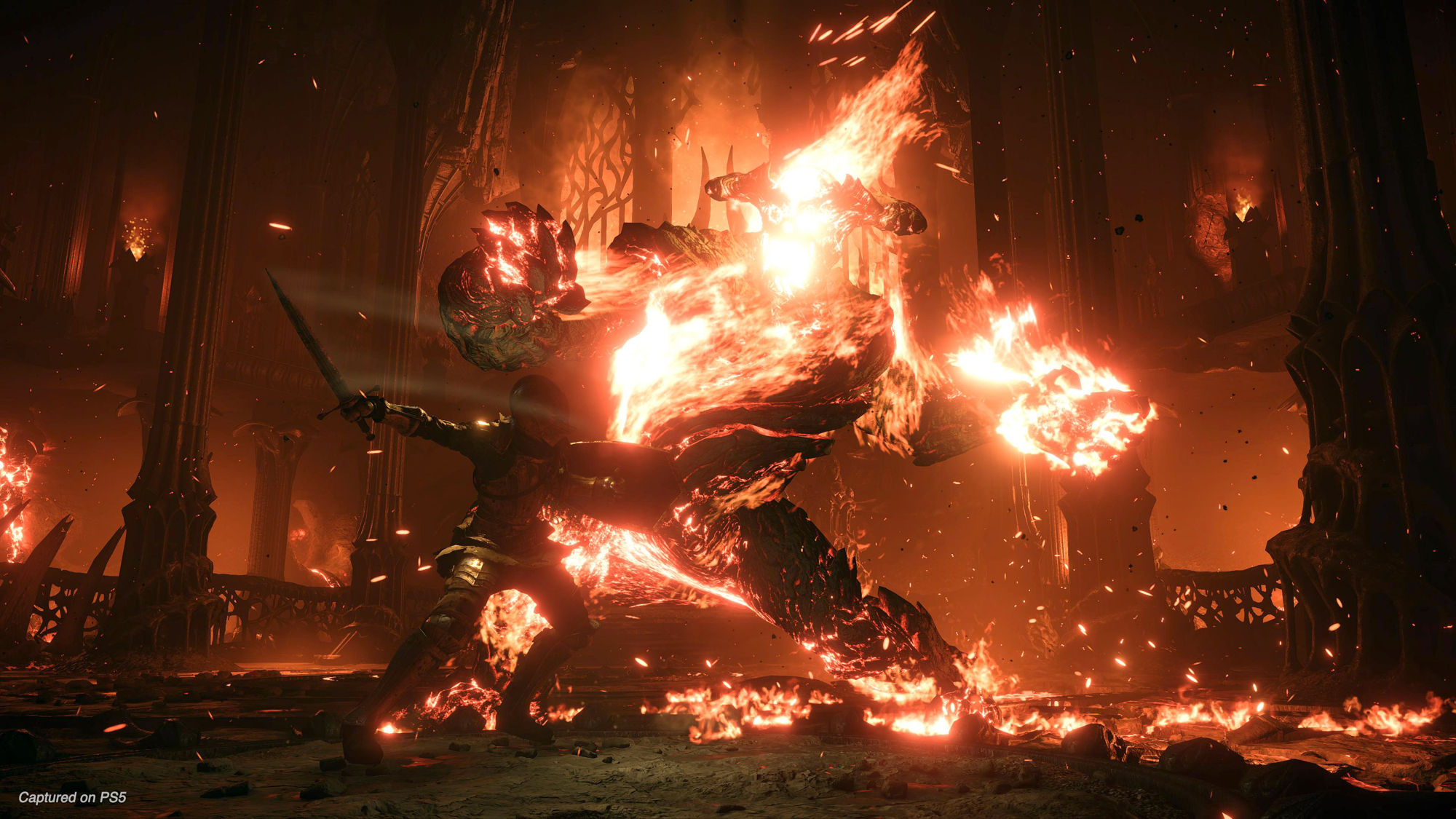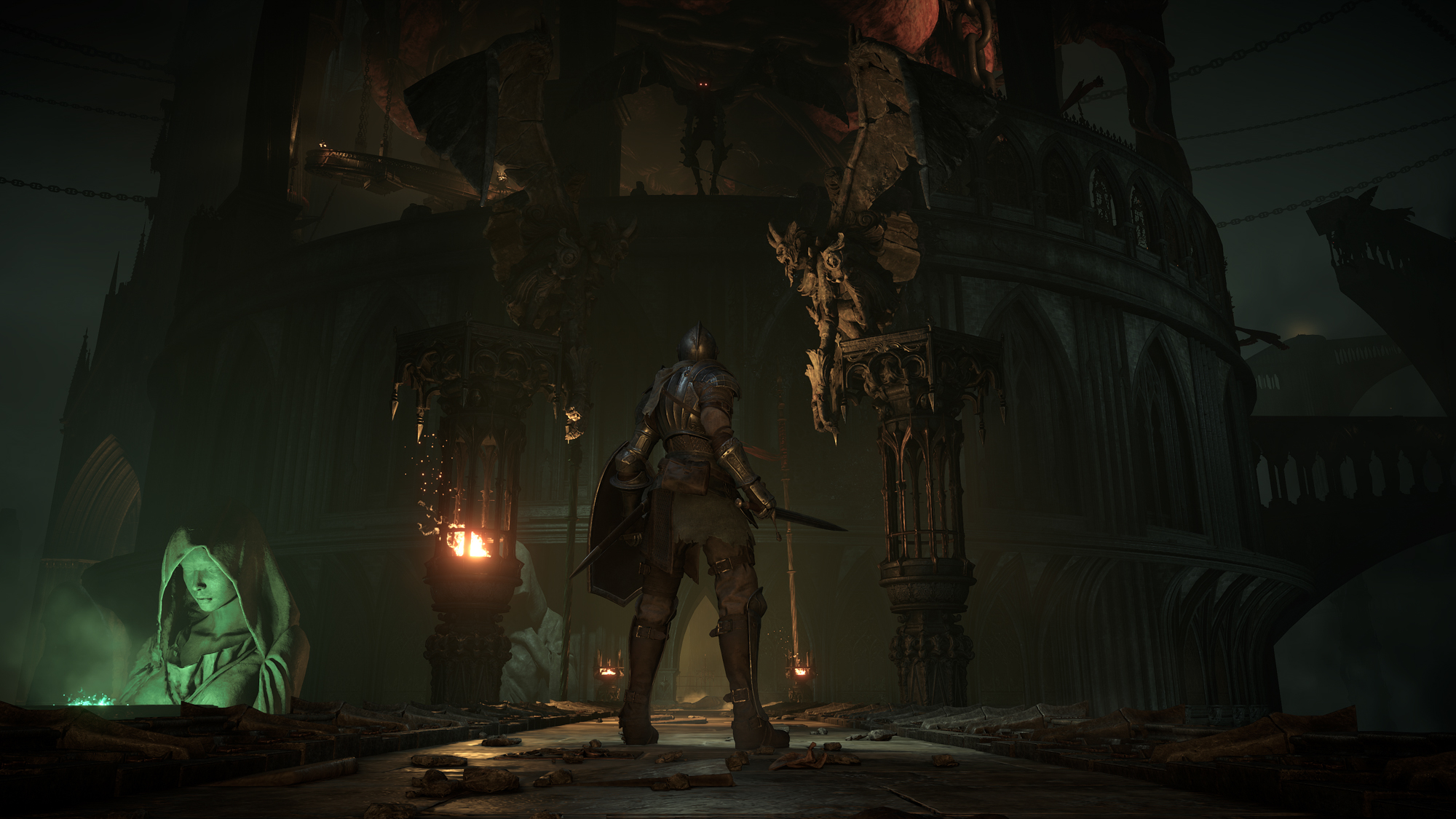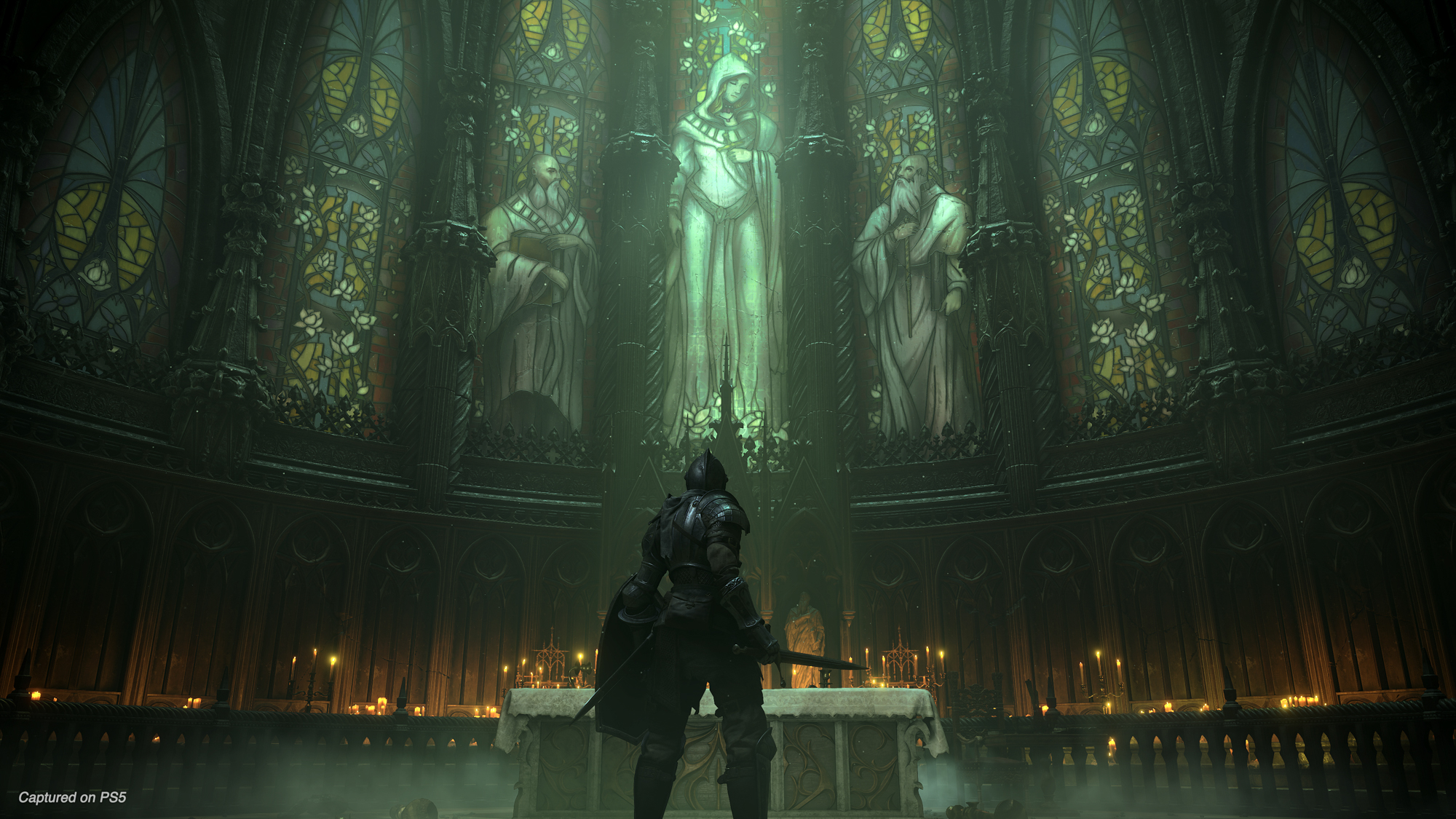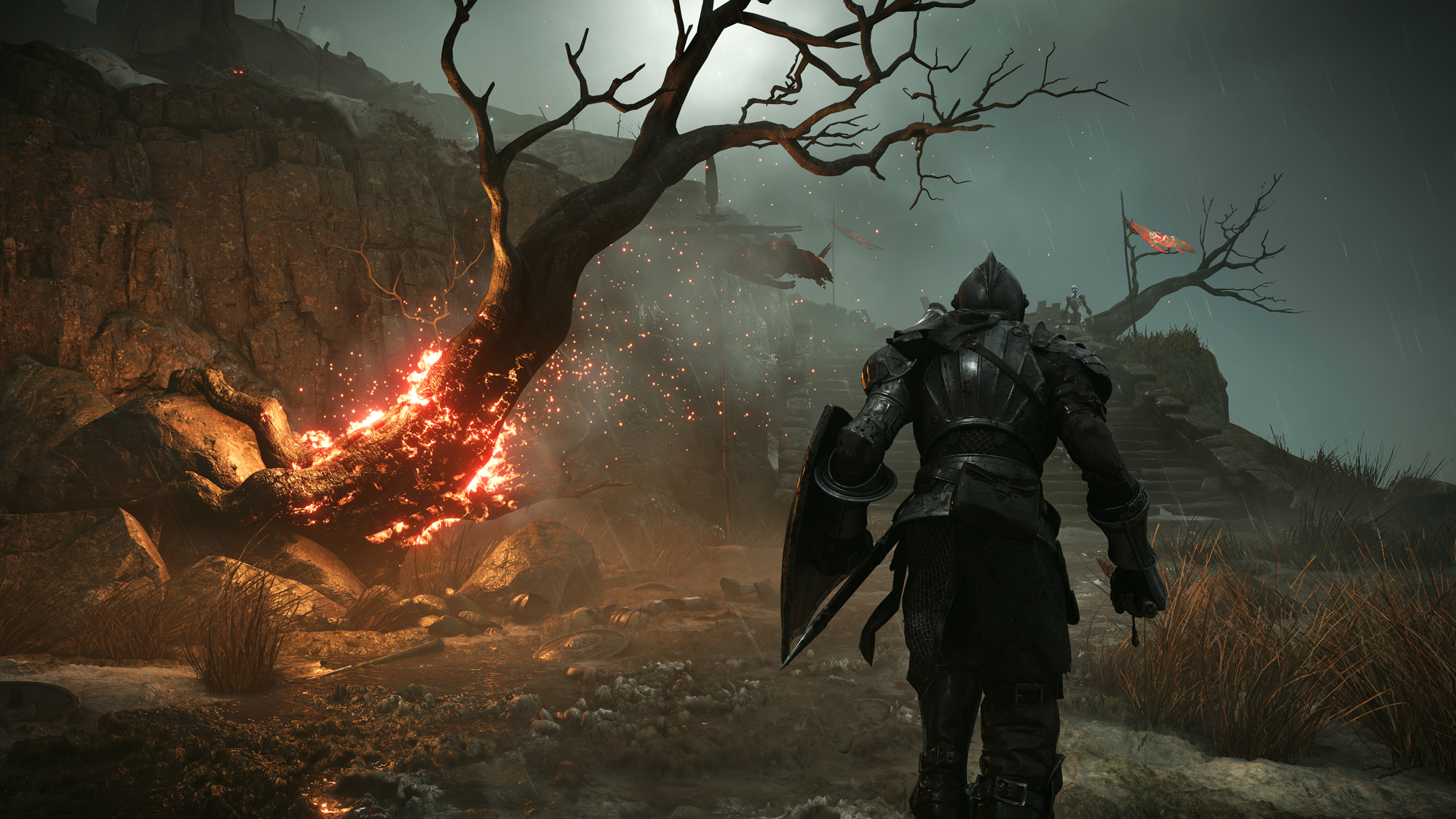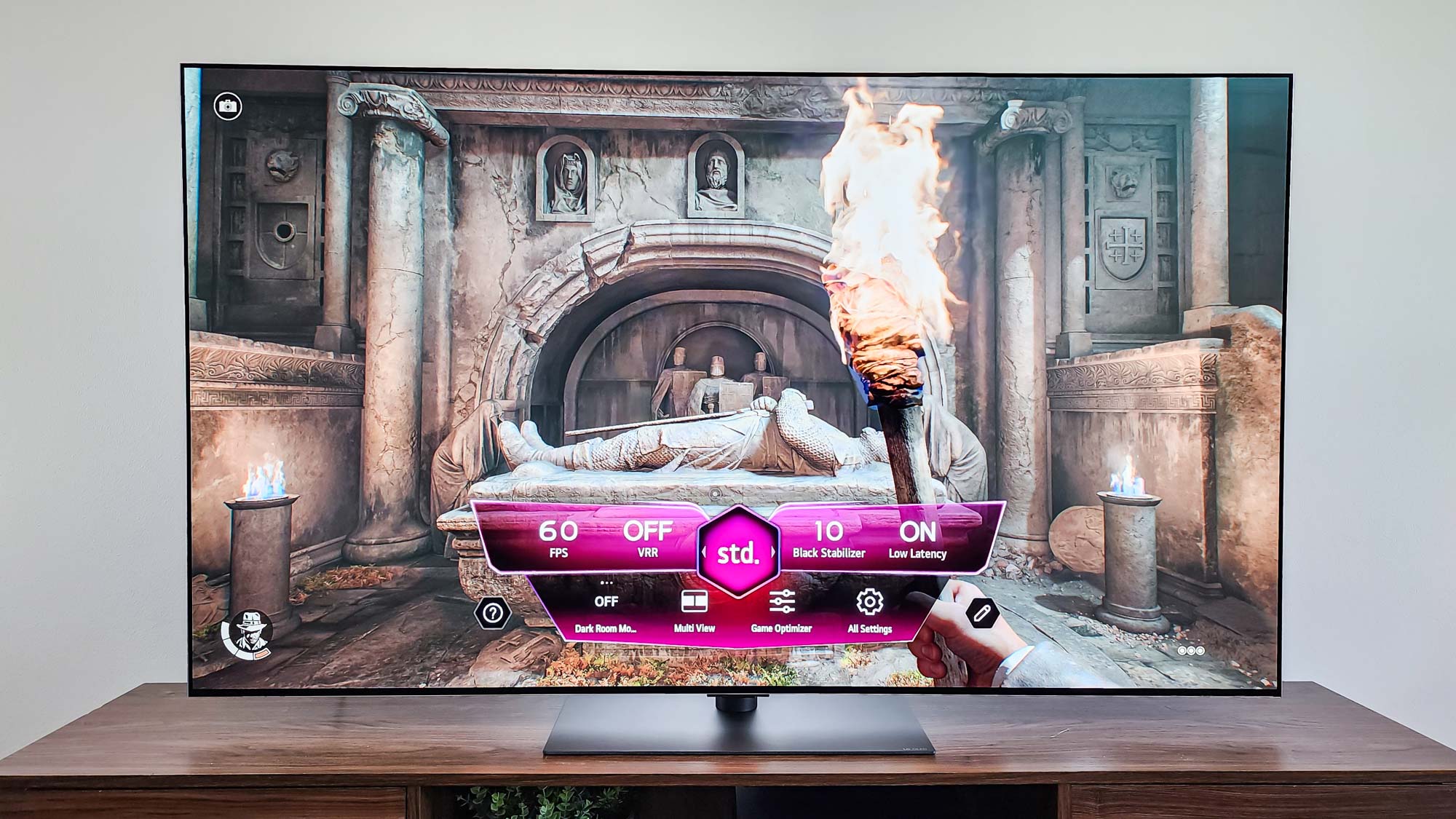Tom's Guide Verdict
Demon’s Souls is the standout title among the PS5’s launch lineup, combining tight gameplay, gorgeous graphics and an unforgettable setting.
Pros
- +
Deep, nuanced gameplay
- +
Intriguing setting, story and characters
- +
Unforgettable bosses
- +
Gorgeous visuals
Cons
- -
Occasionally too punishing
- -
Some abstruse gameplay mechanics
Why you can trust Tom's Guide
EDITOR'S NOTE: Demon's Souls won a "highly recommended" honor for best PS5 game/Best Xbox Series X game and best boss level at the Tom's Guide Awards 2021 for gaming.
Demon’s Souls is the standout title among the PS5’s launch library. It’s not Spider-Man: Miles Morales; it’s not Bugsnax; it’s not even the surprisingly inventive Astro’s Playroom. Demon’s Souls is a rich, meaty experience that builds on the 2009 classic in significant ways, while keeping everything that made the game so absorbing completely intact.
The robust, complex gameplay alone would be reason enough to give Demon’s Souls a try, but it’s also one of the best-looking games on the PS5, combining eerie fog and lighting effects with some remarkable level design, and an enviable color palette. For a game that’s as dark and difficult as they come, Demon’s Souls can evoke beauty, melancholy and even a little wry humor.
Granted, the Souls series is decidedly not for everyone, and the Demon’s Souls remake has done very little to lower the barrier for entry. It’s still a challenging game that crosses over the line to “punishing” a few times too many. Understanding the game’s myriad systems isn’t clear, and this can sometimes lock you out of interesting quests or useful gear.
If you go in prepared, though, Demon’s Souls can be one of the most rewarding games of 2020, and a fantastic way to kick off a brand-new console generation.
Demon’s Souls review: Gameplay
It seems almost quaint to describe the gameplay loop in a Souls game 11 years later, but remember: Demon’s Souls is what pioneered the formula. For those who have never played the series before, Demon’s Souls is an action/RPG in which you create a character and set off into a dilapidated, dying fantasy kingdom. Each enemy you defeat nets you “Souls,” which you can use to level up your attributes, buy gear and items, and upgrade your equipment.
The combat system is likewise immediately understandable for anyone who’s dabbled in the genre before. Each weapon has a light and heavy attack, and many let you choose whether to wield them with one or two hands. Various armor sets and shields can weigh you down, meaning you’ll have to choose whether you want better defense, or more mobility. You can also learn both arcane and holy spells, and use them to damage your foes or empower yourself. There are a ton of options for how to play, and all of them feel both intuitive and precise.
Get instant access to breaking news, the hottest reviews, great deals and helpful tips.
The pitch sounds straightforward enough. But where Demon’s Souls sets itself apart from most genre games is in its brutal difficulty. Most enemies can kill you in a few hits; even the ones that can’t tend to swarm you, or appear alongside more threatening foes. Running, attacking, dodging and blocking all consume stamina, which means that each fight with an enemy is a resource management battle. Is it wiser to block an enemy’s attacks and wait for the perfect chance to strike, or try to stagger him with a series of furious blows? The only way to know is to learn each enemy’s patterns — and since the game has a tremendous variety of enemies to fight, this is a long, complicated process.
As such, you’ll die often (although less often than you might think, if you pay careful attention to your surroundings and approach each new enemy slowly and thoughtfully). In the Souls series, death doesn’t simply revert you to a checkpoint, however. Instead, you’ll lose all your accumulated Souls, as well as up to half of your maximum health.
You’ll need to beat a boss to restore your health bar, but you can recover your Souls right away, provided you can make your way back to where you died. In theory, you’ve already done it once, so you can do it again; in practice, it’s often quite challenging, especially since there’s an extra layer of tension involved: If you die en route to your Souls, they’re gone forever.
The risk/reward balance in Demon’s Souls works beautifully, especially since, unlike the later Dark Souls games, there are no convenient Bonfires at which you can rest and spend your hard-earned souls. Instead, each of the game’s 16 levels is essentially a standalone area, and the only way back to the Nexus hub area is either to trudge all the way back to the beginning of the level, or go forward and beat the area boss.
To its credit, the game rarely takes its difficulty curve too far, and most challenges have some option to either avoid them or dispatch them more efficiently. But a handful of levels and bosses really are just as punishing as they first appear, and there’s no way to get past them other than trial-and-error repetition. If you can conquer these challenges, the game usually settles back into a more comfortable rhythm, but I wonder how many people will simply give up in frustration instead.
Demon’s Souls review: Character building
In addition to its difficulty, another thing that sets Demon’s Souls apart from other action/RPGs is just how many options you have to build your character. I mentioned that every weapon in the game has a slightly different move set, but not that there are almost 80 weapons across 18 different categories, including daggers, straight swords, claws, spears, axes, magical catalysts and more. That’s to say nothing of all the armor, rings, spells and helpful items you’ll acquire along the way. Unlike in other RPGs, newer gear is not always (or even usually) better; every single piece of equipment you acquire has pros and cons, and it’s entirely up to you how to manage them.
The system for character-building is even more complex. There are eight different attributes to upgrade (Strength, Vitality, Endurance, Magic, etc.) and each one affects an even larger list of secondary stats. The game is pretty good about letting you know how your character will improve with each upgrade, but it can still be quite challenging to build an effective character.
In fact, if Demon’s Souls has a big gameplay drawback, it’s that there are just a tremendous amount of systems that you’ll have to discover through hard-to-navigate menus, such as various defense characteristics and the relationship between equipment weight and dodging effectively. While a comprehensive tutorial would feel at-odds with the game’s minimalist nature, perhaps there was still a better way to communicate this bevy of useful information.
There are a few ways to mitigate this, of course, with unlockable shortcuts and knowing which enemies to avoid. But Demon’s Souls is a very focused experience: You’re either safe, or you’re not, and most of the time, you’re not.
On the other hand, the game’s myriad character-building systems let you craft a character that’s truly your own. The odds that another player will use the exact same equipment and stats as you (unless you’re copying an optimized build that you found online) are small. Few other games let you match your playstyle to your character build as seamlessly as Demon’s Souls.
Demon’s Souls review: Story and setting
A strange mist has engulfed the high fantasy kingdom of Boletaria, leaving its inhabitants cut off from the rest of the world and beset by soul-hungry demons. You play as one of many adventurers who’s found his or her way into Boletaria, seeking fortune and glory. What you find instead is much darker: a Nexus that binds the souls of the dead, trapping them between death and life in the isolated kingdom. As one of these lost souls, you must defeat the demons besieging the kingdom, and discover the truth of what caused Boletaria’s curse.
Like other games in the Souls series, the story in Demon’s Souls is understated, evocative and subtle. Don’t expect any long expository cutscenes or huge plot twists; it’s a slow burn, in which a lot of the narrative unfolds through dialogue hints and environmental storytelling. If you pay attention, the story can be intriguing, and even a little moving at times. And if you don’t, it’s easy enough to ignore and still know where you can find the next demon to slay.
As an example, consider the Maiden in Black: your guide to the Nexus, who can channel the Souls you’ve collected into level-ups. In Dark Souls, you could simply improve your stats by yourself, at any Bonfire, with no ceremony. But the Maiden’s eerie dialogue and unsettling appearance (she sealed her eyes shut with wax) foreshadow that collecting these Souls will someday exact a price. Sometimes, you find her sitting dejectedly on a staircase, as much a prisoner of the Nexus as you are. You don’t learn her whole backstory or undertake quests on her behalf, but a few small artistic touches make her into a powerful presence for the whole game.
The game’s setting is also a sight to behold. Boletaria is a diverse kingdom, from its soaring towers, to its stifling mines, to its remote island outposts, and you’ll get to see five very distinct parts of it before you’re done. But there’s also a pervasive aura of decay and neglect, from the weird, off-kilter travelers you meet, to the piles of crumbling stones and strewn debris around every tower.
This inscrutability transfers over to another opaque game system, however: World Tendency. It would take too long to explain exactly how this feature works, but basically, each area you visit has a “tendency” toward either white (which makes enemies easier) or black (which makes enemies harder). There are both mechanical and storyline differences between white, black and neutral worlds, but how to modify them is never explained, or even hinted at. Again, as with some of the secondary stats, a very brief description would have gone a long way here.
Demon’s Souls review: Visuals and sound
Demon’s Souls is, perhaps, the best-looking game of the PS5 launch library. That’s high praise, considering that Spider-Man: Miles Morales and Astro’s Playroom have a lot going for them, but Demon’s Souls is visually arresting from the very first level. The game’s characters are expressive and diverse, but the real draw here is how lovingly each level is rendered, from the dim, candlelit recesses of the Nexus to the rain-soaked, muddy grounds of the Shrine of Storms.
As with some other PS5 games, you can also choose between a cinematic mode, which prioritizes resolution and lighting, and a performance mode, which prioritizes frame rate. I don't have any particular recommendation between the two; they both do exactly what they advertise.
The music and voice acting also fit perfectly with the game’s overall aesthetic, with a muted, atmospheric feel. Evetta Muradasilova, who reprises her role as the Maiden in Black, deserves a lot of praise for her role, infusing it with an air of grim resignation, and just enough hope to make each trip to the Nexus feel like coming home.
Demon’s Souls review: Verdict
Demon’s Souls was an excellent game when it debuted back in 2009, and this loving remake treats it with the reverence it deserves. Just about everything is where you left it, but the graphics are prettier, the animation is more fluid and the load times are nearly instantaneous.
While a Souls game may sound daunting to first-timers, don’t let the series’ reputation fool you. Demon’s Souls is hard, yes, but the difficulty isn’t the point; it’s to explore a striking world and revel in the precision and customization of the gameplay. The PS5 couldn’t have kicked off with a much better game than this.
Next: How Demon's Souls really caught my attention on PS5.

Marshall Honorof was a senior editor for Tom's Guide, overseeing the site's coverage of gaming hardware and software. He comes from a science writing background, having studied paleomammalogy, biological anthropology, and the history of science and technology. After hours, you can find him practicing taekwondo or doing deep dives on classic sci-fi.
